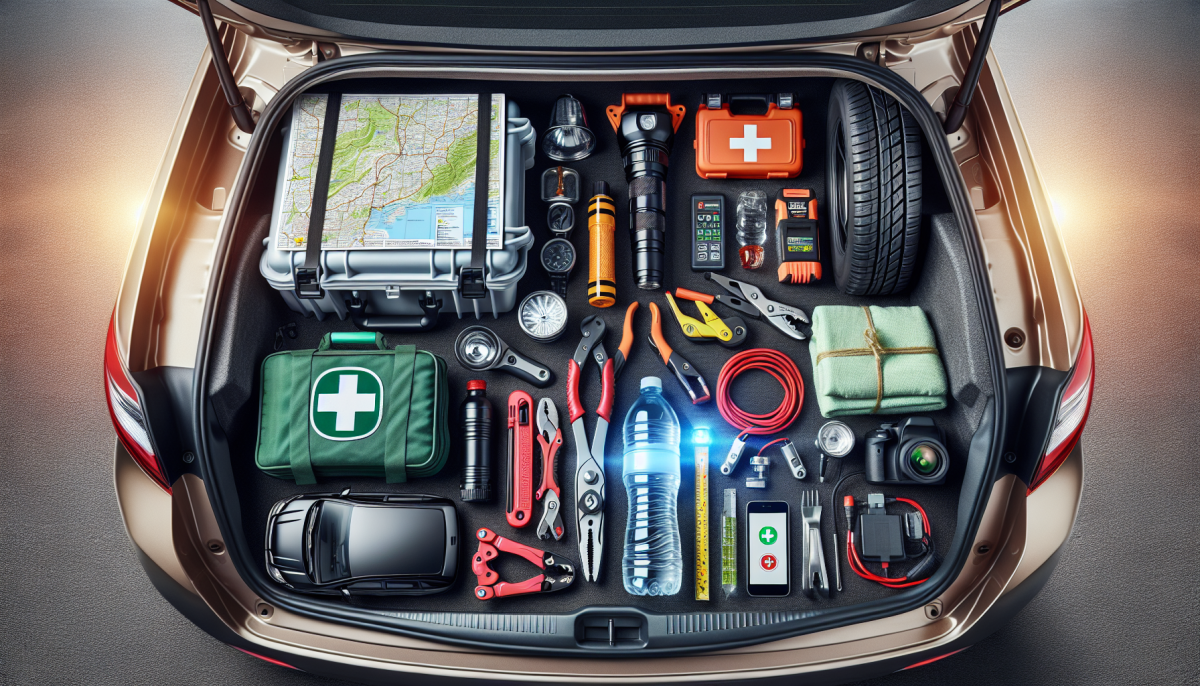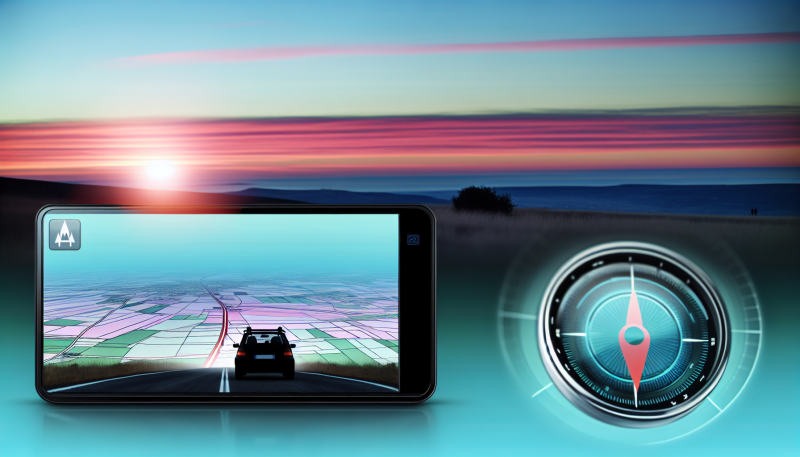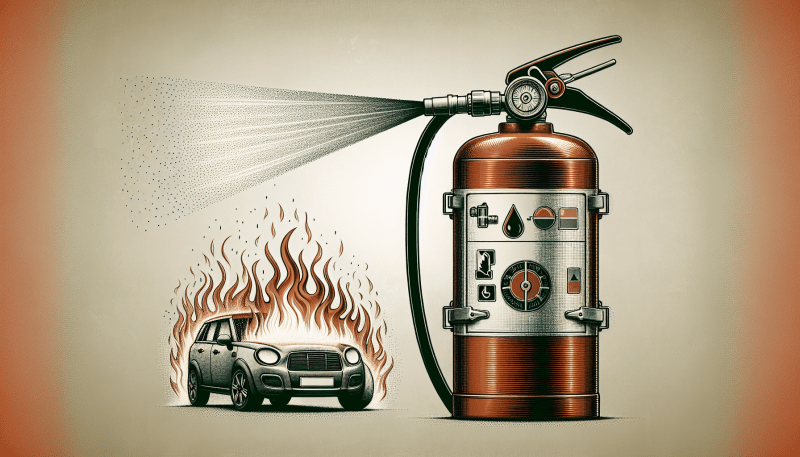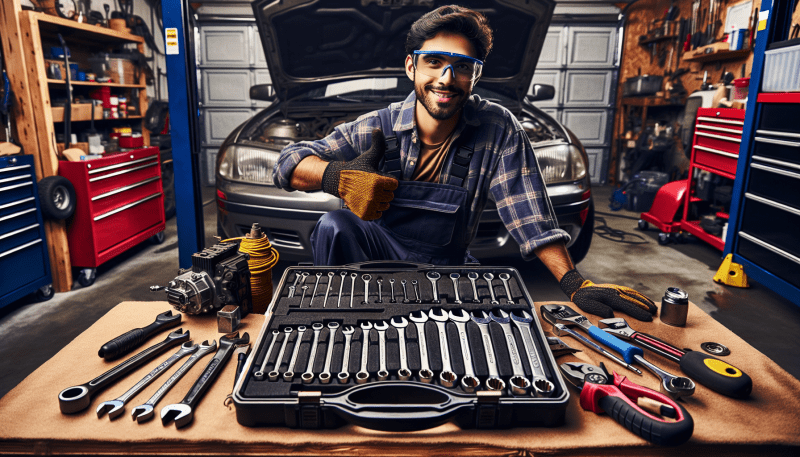Another critical tool is a tire inflator or a portable air compressor. Flat tires can occur without warning, and being able to inflate a tire on the spot can save you from a long wait for assistance. These devices are typically compact and easy to store in your trunk, making them a handy addition to your emergency kit. Just remember to familiarize yourself with how to use it before you need it!
Don’t forget about a multi-tool or a basic tool kit. These come in handy for all sorts of minor repairs, from tightening loose screws to changing out a fuse. A good quality multi-tool can include various functions, which means you'll have multiple solutions at your fingertips without taking up much space. Having these tools can empower you to handle smaller issues on your own and get back on the road faster.
Finally, it's a smart idea to include a basic first aid kit in your car. Accidents can happen, and having the supplies to treat minor injuries can be invaluable. A standard first aid kit should contain adhesive bandages, antiseptic wipes, gauze, and scissors. Not only does this kit provide peace of mind for you and your passengers, but it also prepares you to assist others if needed.
Safety Gear for Unexpected Situations
When hitting the road, it’s essential to be prepared for unexpected situations that could arise. One of the best ways to ensure safety during emergencies is by having the right gear on hand. Safety gear can help you stay protected and manage unforeseen incidents more effectively.
First and foremost, a reflective safety vest is a must-have. In case you find yourself stranded on the roadside or involved in an accident, wearing a reflective vest makes you more visible to other drivers, especially during low-light conditions. It’s lightweight and easy to store in your car, making it a practical addition to your emergency kit.
Another important item is a first aid kit. Injuries can occur in various emergencies, from minor scrapes to more serious wounds. A well-stocked first aid kit provides essential supplies such as bandages, antiseptic wipes, and pain relievers. Make sure to check your kit regularly and replenish any used items to keep it ready for any situation.
Don’t forget a sturdy flashlight, preferably one with adjustable brightness. If your car breaks down at night or you need to signal for help, a flashlight can be a lifesaver. Moreover, some flashlights come with additional features like strobe and SOS functions, which can be helpful during emergencies.
Lastly, including a roadside emergency kit can make a significant difference. This kit often contains items such as jumper cables, a tire inflator, and basic tools. Being equipped with these tools allows you to tackle minor car troubles on your own and can save you from waiting for roadside assistance.
Communication Devices for Quick Help
When it comes to being prepared for emergencies while on the road, having reliable communication devices is essential. These tools can make all the difference in a stressful situation, ensuring you can reach help quickly when you need it most. Here are some must-have communication devices for your vehicle in case the unexpected happens.
First on the list is a high-quality mobile phone. Most people already carry one, but it’s important to ensure that your phone is charged before starting any journey. Consider investing in a car charger or a portable power bank to keep your phone powered up. This will allow you to contact roadside assistance, family, or emergency services if you find yourself stranded or in trouble.
In addition to a mobile phone, a two-way radio or walkie-talkie can be an excellent backup communication method, especially if you're traveling in a group or in remote areas with poor cell service. These devices have a longer range than you might expect and can help you stay connected if you're separated from others in an emergency.
Lastly, a personal emergency beacon or satellite communicator can be a lifesaver in situations where cell coverage isn't available. These devices can send out distress signals with your location to emergency services, increasing your chances of being rescued. They’re particularly valuable for outdoor enthusiasts and those who travel through isolated regions.
Storage Solutions for Easy Access
When it comes to being prepared for roadside emergencies, having effective storage solutions in your car can make all the difference. Imagine being stuck on the side of the road, fumbling through a messy trunk or glove compartment to find the essentials. Investing in dedicated storage accessories can save you time, frustration, and even enhance your safety.
One popular option is a car organizer that fits snugly in your trunk or back seat. These organizers usually come with various compartments, making it easy to store items like first-aid kits, flashlights, and basic tools. Look for organizers that are durable and easy to clean, so they’ll withstand the wear and tear of everyday use. Some even come with locking mechanisms to keep everything securely in place while you’re on the move.
Another clever storage solution is utilizing seat back organizers. These handy accessories hang on the back of your front seats, providing immediate access to smaller items such as snacks, maps, and emergency contact numbers. This ensures that all your essential gear is within arm's reach, allowing you to stay focused on the road ahead without digging through your bags.
Finally, consider investing in a rolling tool bag or utility box that can be easily transported from your car to your home or garage. This is particularly useful for those who like to be extra prepared with larger toolsets or emergency kits that they may not need on a day-to-day basis. Keep it stocked and ready, so if an emergency strikes, you can grab it quickly and head to your vehicle confidently.



